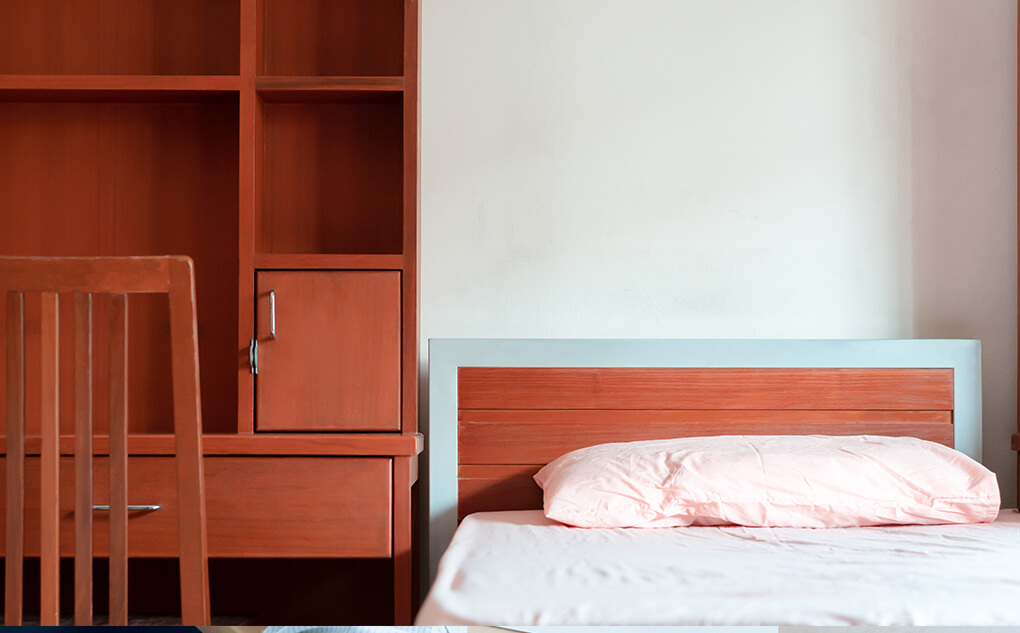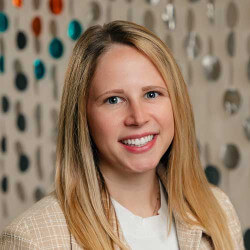As Back-Half of Pre-Lease Season Begins, Occupancy Stays Strong

Student housing pre-leasing in March essentially matched the year-ago rate, which marked an all-time high in the RealPage data set.
As of March, 65.6% of beds at the core 175 universities tracked by RealPage have been claimed for Fall 2024, compared to nearly the same rate in the year-ago readings (65.7%), according to data from RealPage Market Analytics.
Still, the pre-lease bump from February to March of about 8.4% marks a contrast from monthly climbs north of 11% seen earlier in the season. This indicates that performance in the back half of the pre-lease season (from March to August) will be more modest – though still favorable – compared to the first half (from September to February), as expected.
As student housing momentum has gotten stronger in the first half of the pre-lease season in recent years, it leaves milder gains available in the second half.
Properties across all distances reported strong pre-lease rates that were tightly clustered around the RealPage 175 average as of March. Rent change, meanwhile, varied more with the highest reading at properties within a half mile to one mile of campus (7.3%), followed by slightly lower readings at properties more than one mile from campus (6.3%) and within a half mile of campus (5.4%). On average, effective asking rents have increased 5.8% year-over-year as of March.
At a university level, several schools continue to report ultra-strong pre-lease readings, including Ole Miss (in a welcomed turn of events from its recent past), Tennessee, Appalachian State, Purdue, Virginia Tech and James Madison. Meanwhile, two University of California schools – Sacramento and Fresno – reported pre-lease readings below 40% as of March.
Ole Miss and Tennessee also reported the strongest annual rent growth in the nation, both at over 20% as of March. About 18 other schools posted annual rent growth between 10% and 15% as of March, including the universities of Virginia, Kentucky, Arkansas, Wyoming, Delaware, Arizona and Oklahoma, as well as Clemson and Purdue.








